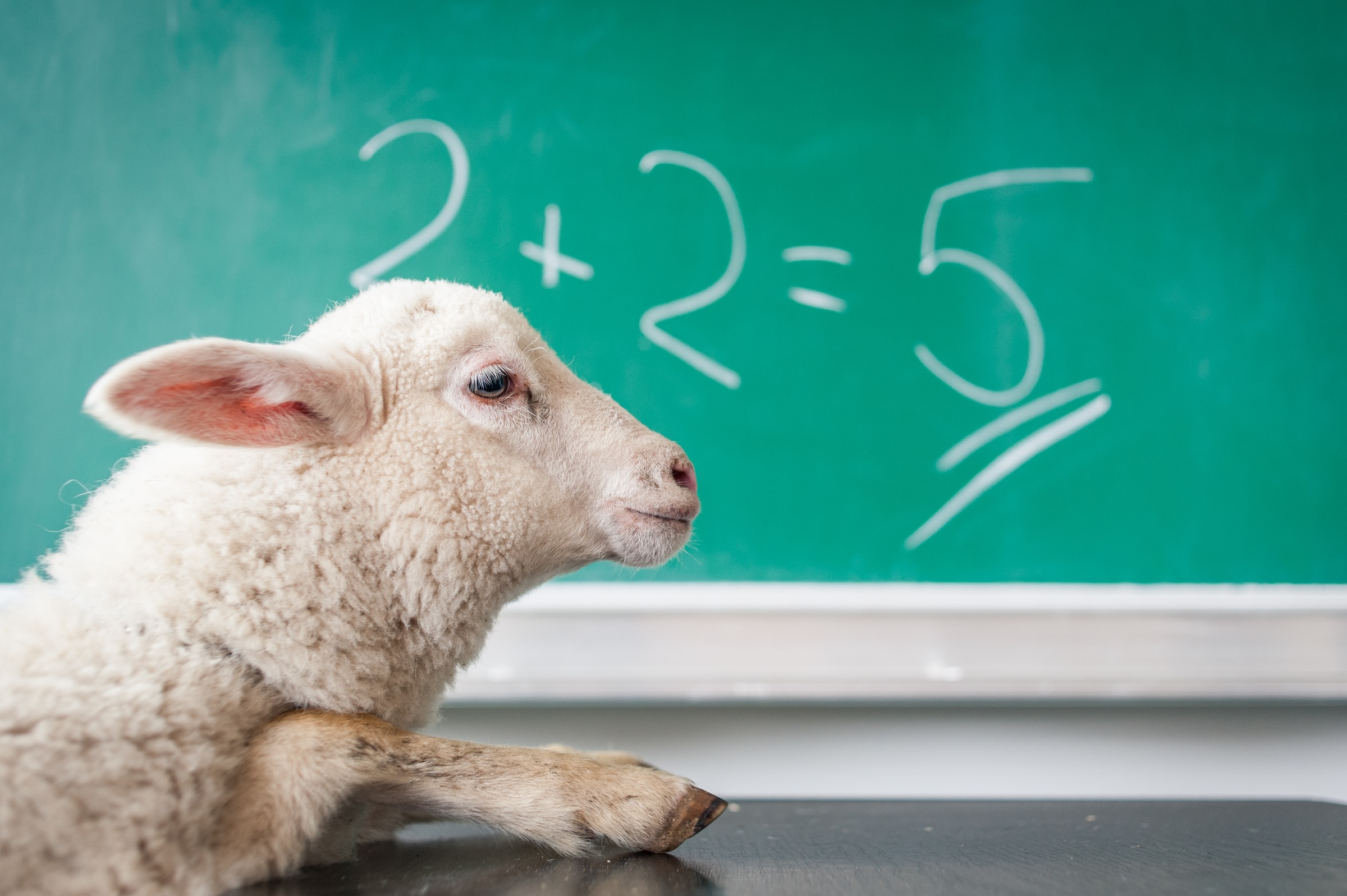Many students unreasonably do not pay attention to word formation. In fact, it is one of the clues the student should know. As far as knowing just one word you can make many with it! So, let us learn the basic formation of English adjectives.
In general, we can divide adjectives into single and compound. Single adjectives consist of one word (e.g. beautiful) and compound adjectives consist of more than one word (e.g. dark-blue). Today we will talk about single adjectives. Single adjectives can be simple, like “tall, large, etc.” or be formed with the help of suffixes (beauty + ful = beautiful) or prefixes (im + possible = impossible). We will study all the suffixes with the help of which you can form an adjective. To form an adjective you should add a suffix to a noun of a verb.
So, there are nine suffixes, which you can add to a noun. We will divide them into little groups according to their functions or meanings they add to a noun.
1) Suffixes “-ful” and “-ous”
These suffixes show that someone or something has some feature. For example: “meaning + ful = meaningful; adventure + ous = adventurous”.
2) Suffix “-less”
This suffix, on the opposite, shows the lack of some feature, like “meaning + less = meaningless; use + less = useless”.
3) Suffix “-ly”
Be careful with this suffix, add it to a noun to form an adjective. It can be a suffix of an adjective, but it is also the main suffix of an adverb! So, it shows some typical characteristics of a person or an object. For example: “cost + ly = costly (noun + ly = adjective) BUT usual + ly = usually (simple adjective + ly = adverb)”.
4) Suffix “-en”
If there is a suffix “-en” in an adjective, it describes the material of an object: “wood + en = wooden; wool + en = woolen”.
5) Suffixes “-y”, “-ic” and “-al”
These suffixes denote the characteristics of a certain phenomena. For instance: “snow + y = snowy; realist + ic = realistic; nature + al = natural”.
6) Suffix “-ish”
And the last suffix here can denote some insignificant feature of an object or nationality, like here: “Spain + ish = Spanish; child + ish = childish”.
To form an adjectives from a verb, add to it one of the following four suffixes:
1) Suffixes “-able” and “-ible”
These suffixes show that someone or something has such a feature. For example: “rely + able = reliable; respond + ible = responsible”.
2) Suffixes “-ent” and “-ant”
Such suffixes show the characteristic which was obtained as the result of an action of the verb, for instance: “arrogate + ant = arrogant; persist + ent = persistent”.
As you could see, there are many suffixes, which we can use to form an adjective. Form an adjective from a noun with the help of: “-ful, -ous, -less, -ly, -en, -y, -ic, -al, -ish”. Form an adjective from a verb with the help of: “able, -ible, -ent, -ant”. Learn these suffixes and you will be able to form an adjective knowing just a verb or a noun!










Comments (0)